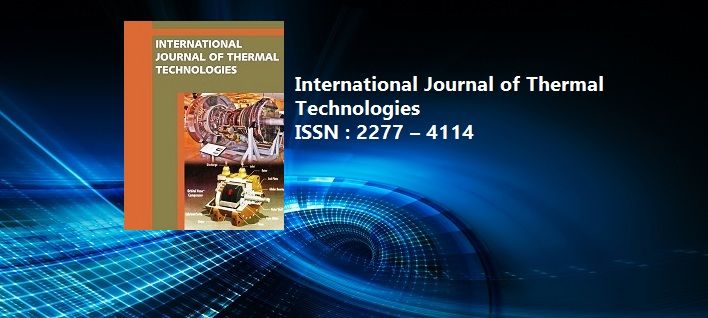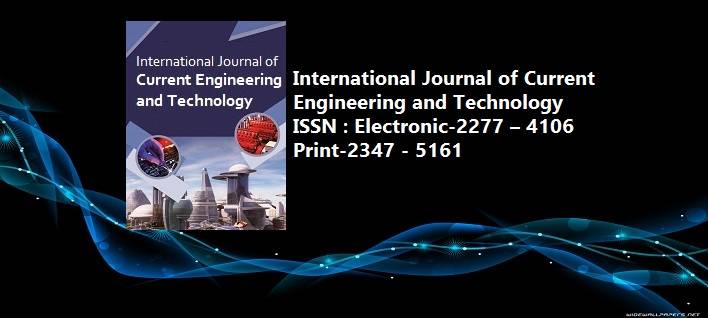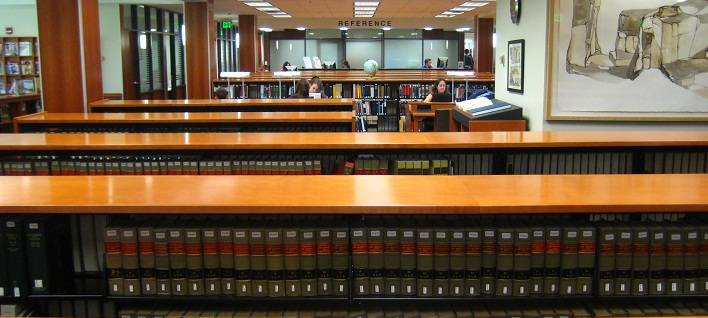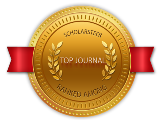Experimental Dose Optimization for Cu removal from water using Neem leaves
Pages : 1329-1332, DOI: https://doi.org/10.14741/ijcet/v.8.5.17
Download PDF
Abstract
The selection of a potential biomass from the different types of low cost biomaterials that are readily available is a major challenge in the application of biosorption like Neem tree (Azadirachta indica). Though the use of biomass for environmental purposes has been in practice for long, researchers are hopeful that the method will lead to an alternative economical method for the removal of heavy toxic substances from wastewater. Biosorption have been seen as a new technology, and has been put to use in various applications for a very long time. Biosorption is a good applicant for the removal of toxic metals like Copper metal from large volume and lower concentration of aqueous solutions. The selection of a potential biomass from the different types of low cost biomaterials that are readily available is a major challenge in the application of biosorption. Neem tree (Azadirachta indica) is a distinctive mahogany tree among the Malecite family and is an inhabitant in the Southeast Asia regions and can also be found in different countries worldwide. For a very long time, its product have been widely used and proven to be effective in solving variety of problems in relation to public health, agriculture, environmental pollution and also population control. Neem has certain powerful chemical ingredients; they are azadirachtin, salannin, meliantriol, nimbin and nimbidin. This chemical compounds were found to have a great metal binding capacity . Adsorbent dose, It is the most influential parameter to calculate the adsorption capacity, as increase in amount of adsorbent with fixed volume reaction mixture leads to increase in number of active sites available for the adsorption to takes place but simultaneously it decrease the adsorption capacity as they are inversely proportional. while removal percentage will increase.
Keywords: Biosorption , Azadirachta indica , Copper metal, dose optimization
Article published in International Journal of Current Engineering and Technology, Vol.8, No.5 (Sept/Oct 2018)



















 MECHPGCON, MIT College of Engineering, Pune, India
MECHPGCON, MIT College of Engineering, Pune, India AMET, MIT College of Engineering, Pune, India
AMET, MIT College of Engineering, Pune, India International Conference on Advances in Mechanical Sciences
International Conference on Advances in Mechanical Sciences  International Symposium on Engineering and Technology
International Symposium on Engineering and Technology International Conference on Women in Science and Engineering
International Conference on Women in Science and Engineering




